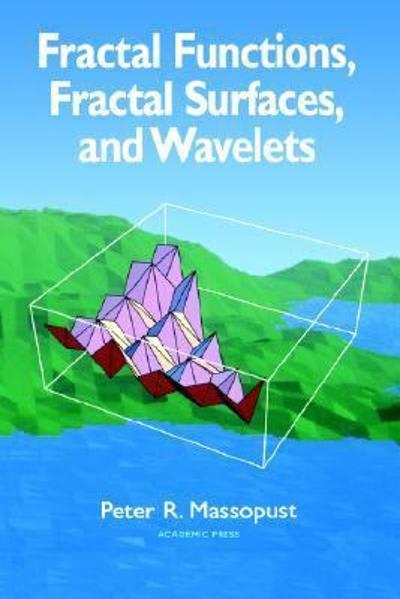Answered step by step
Verified Expert Solution
Question
1 Approved Answer
years. Geomagnetic surveys detect subsurface anomalies in the earth's magnetic field. These surveys have led to many significant archaeological discoveries. After collecting data, the

years. Geomagnetic surveys detect subsurface anomalies in the earth's magnetic field. These surveys have led to many significant archaeological discoveries. After collecting data, the next step is to begin a statistical study. The following data measure magnetic susceptibility (centimeter-gram-second x 10-6) on two of the main grids of the location. The data for the x variable, Grid E, is given below. 13.10, 5.70, 19.70, 14.95, 21.50, 17.35, 27.55, 16.85, 24.00, 32.50, 40.85, 5.00, 17.65, 28.45 The data for the y variable, Grid H, is given below. 11.95, 15.15, 21.20, 17.40, 27.40, 10.25, 14.80, 48.80, 25.50, 25.85, 57.70, 34.45, 38.70, 41.10, 31.15 (a) Compute Ex. x = Compute Ex. USE SALT Compute y. = Compute y2, y2= (b) Use the results of part (a) to compute the sample mean, variance, and standard deviation for x. (Round your answers to four decimal places.) x = Use the results of part (a) to compute the sample mean, variance, and standard deviation for y. (Round your answers to four decimal places.) (c) Compute a 75% Chebyshev interval around the mean for x values. (Enter your answer in the form: lower limit to upper limit. Include the word "to." Round your numerical values to two decimal places.) Compute a 75% Chebyshev interval around the mean for y values. (Enter your answer in the form: lower limit to upper limit. Include the word "to." Round your numerical values to two decimal places.) Use the intervals to compare the magnetic susceptibility on the two grids. Higher numbers indicate higher magnetic susceptibility. However, extreme values, high or low, could mean an anomaly and possible archaeological treasure. O Grid H shows a wider 25% range of values. Grid E shows a wider 75% range of values. Grid E shows a wider 25% range of values. O Grid H shows a wider 75% range of values. (d) Compute the sample coefficient of variation (in percent) for x. (Round your answers to one decimal place.) % Compute the sample coefficient of variation (in percent) for y. (Round your answers to one decimal place.) % Use the CV's to compare the two grids. O Grid H demonstrates greater variability per expected signal. Grid H demonstrates the same variability per expected signal as Grid E. Grid E demonstrates greater variability per expected signal. If s represents variability in the signal (magnetic susceptibility) and x represents the expected level of the signal, then s/x can be thought of as a measure of the variability per unit of expected signal. Remember, a considerable variability in the signal (above or below average) might indicate buried artifacts. Why, in this case, would a large CV be better, or at least more. exciting? Explain. A larger CV would indicate a possibility of more buried artifacts.
Step by Step Solution
There are 3 Steps involved in it
Step: 1

Get Instant Access to Expert-Tailored Solutions
See step-by-step solutions with expert insights and AI powered tools for academic success
Step: 2

Step: 3

Ace Your Homework with AI
Get the answers you need in no time with our AI-driven, step-by-step assistance
Get Started


